Social Profile
Change the privacy settings on your social profile (Facebook, MySpace, Friendster, Twitter, etc.) so that the following information can't be found by a random person who you didn't accept you as a friend:
- Birthdate
- E-mail address
- Hometown
- Pictures
A hacker can use this information to answer the security questions Facebook asks when you forget your password. The hacker can also use that information to answer the security question of your email account.
Downloading
NEVER download any program that claims to have the ability to hack e-mail accounts, social profile accounts, etc. These programs are ALL malicious. They may look legitimate, but they are NOT. These programs are usually found on YouTube with a direct link in the description section. Also, the seemingly positive comments are fake ones, and the same goes for the number of views. It's staged to make everything look like it's credible.
Do NOT, no matter how realistic the video might look, do NOT download any program. Uploaders of these types of videos usually edit the video, so it may look like the program hacked an account when in all actuality, it was the wonders of video editing. There is no such thing as a 'one button' hack program!
Also, be careful with Torrent sites. Hackers are known to bind their malicious software with videos, music, pictures, etc. Only download from respected uploaders.
Tips
If you really can't resist the urge to download a program you saw on a Youtube video or somewhere else, scan it free through this website first: vscan.novirusthanks.org
It will scan it using 24 anti-virus engines. It'll only take a couple of seconds, depending on the size of the file. I am not affiliated with this website whatsoever. Leave the check box beneath 'Select file to scan' unchecked so that in the event of a malicious software, the website can add it to their database and so that the website can report it to the developers of the Anti-Virus programs used in the scan.
There are a couple of measures you can take to protect yourself from hackers trying to gain access to your e-mail account:
- You should regularly change your password. I know this can be difficult for most people, because most people are lazy, but think of the potential situation that can occur when a hacker has his hands on your e-mail account, including all your pictures and personal messages you sent and received, respectively, to and from your friends and also, any account associated with your e-mail account (e.g. PayPal, Facebook, YouTube, Twitter).
- Check your security question that your e-mail provider will ask to the person trying to reset your password. Make sure that you remember the answer to the question.
- Use both letters and numbers in your password and use as many as you can of each! This will decrease the odds of the hacker trying to guess your password. Do NOT use your name as a password or other trivial passwords (e.g. computer or abc123).
Anti-Virus
Get a decent Anti-Virus program. I suggest Malwarebyte's Anti-Malware, which you can download for free.
It's fairly easy to set up and performs really thorough scans. It should be noted that the free version of MBAM does not contain the real-time protection shield.
If you can afford to pay for one, ESET Nod32 is definitely the best antivirus program on the market. Google it and read the reviews.
I hope you found my article informative and I sincerely hope you will use these tips to protect your data on your computer and on the internet.





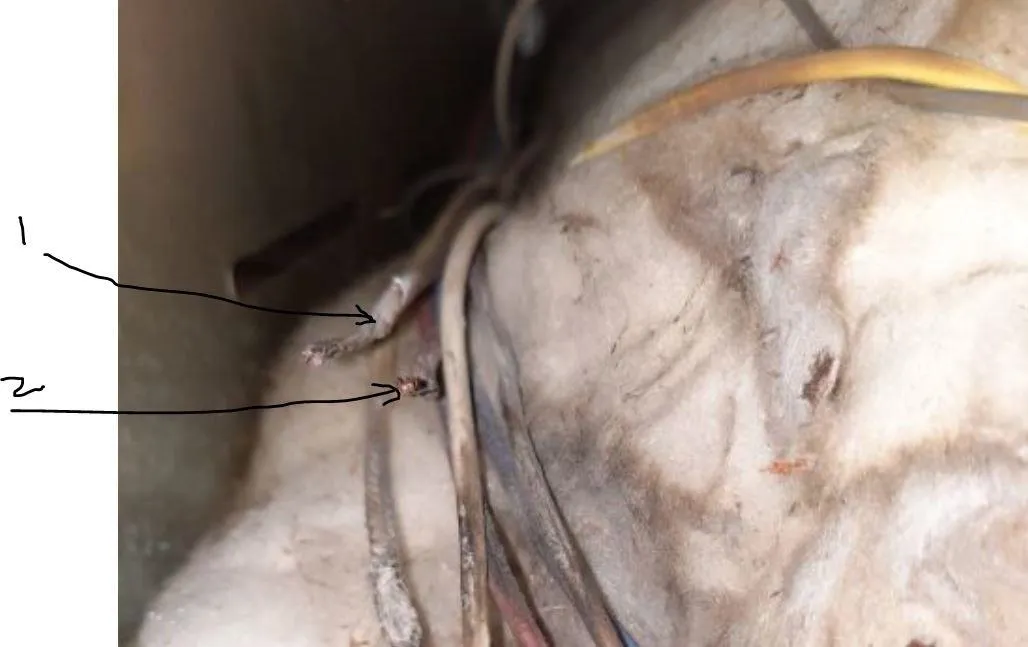









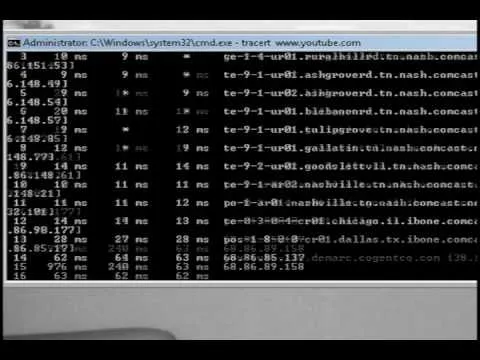
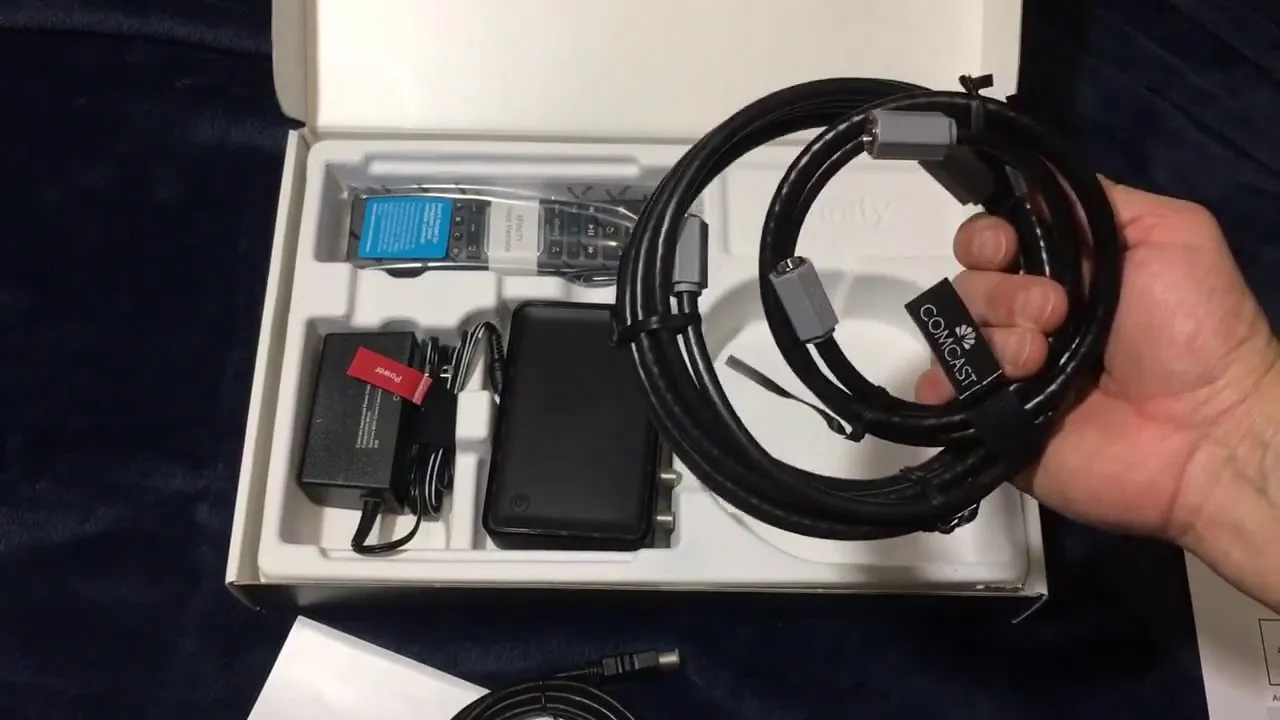

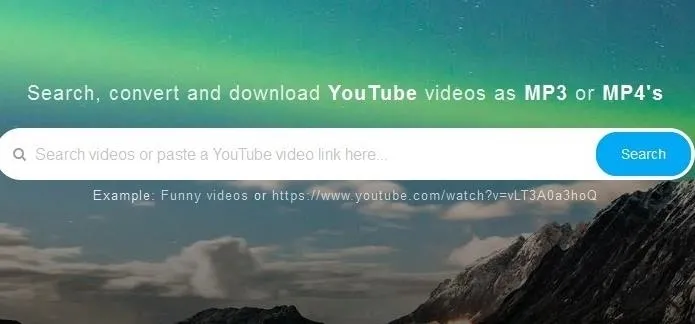
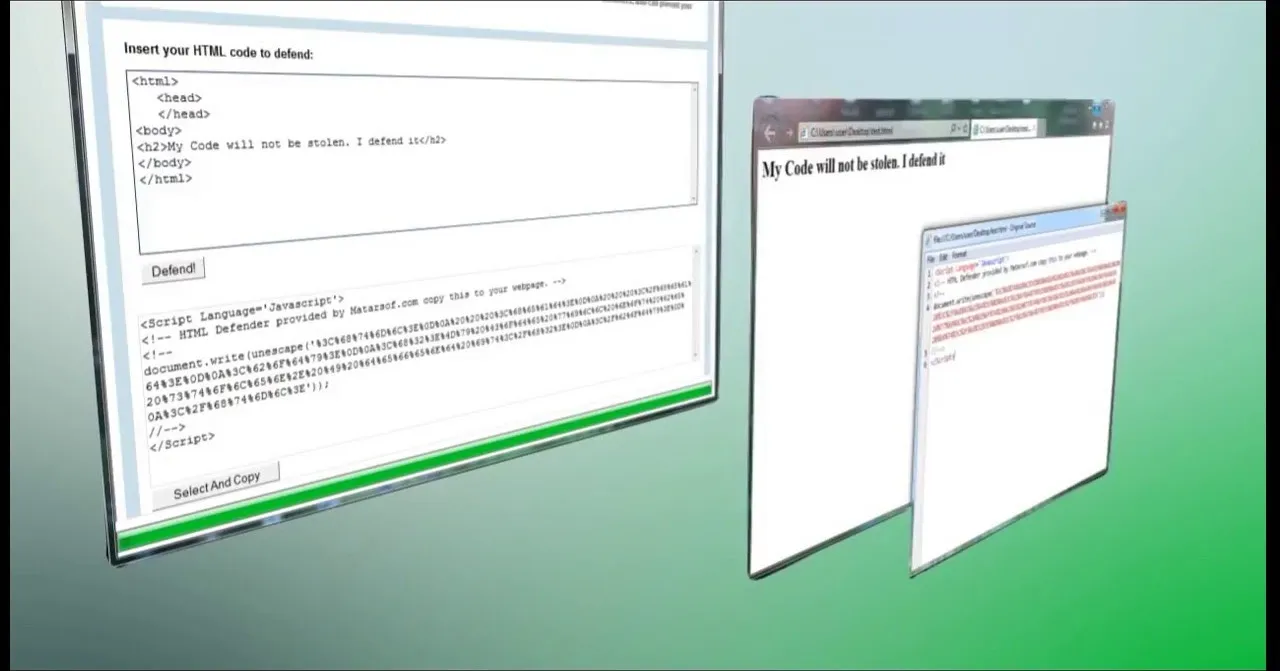
Comments
Be the first, drop a comment!